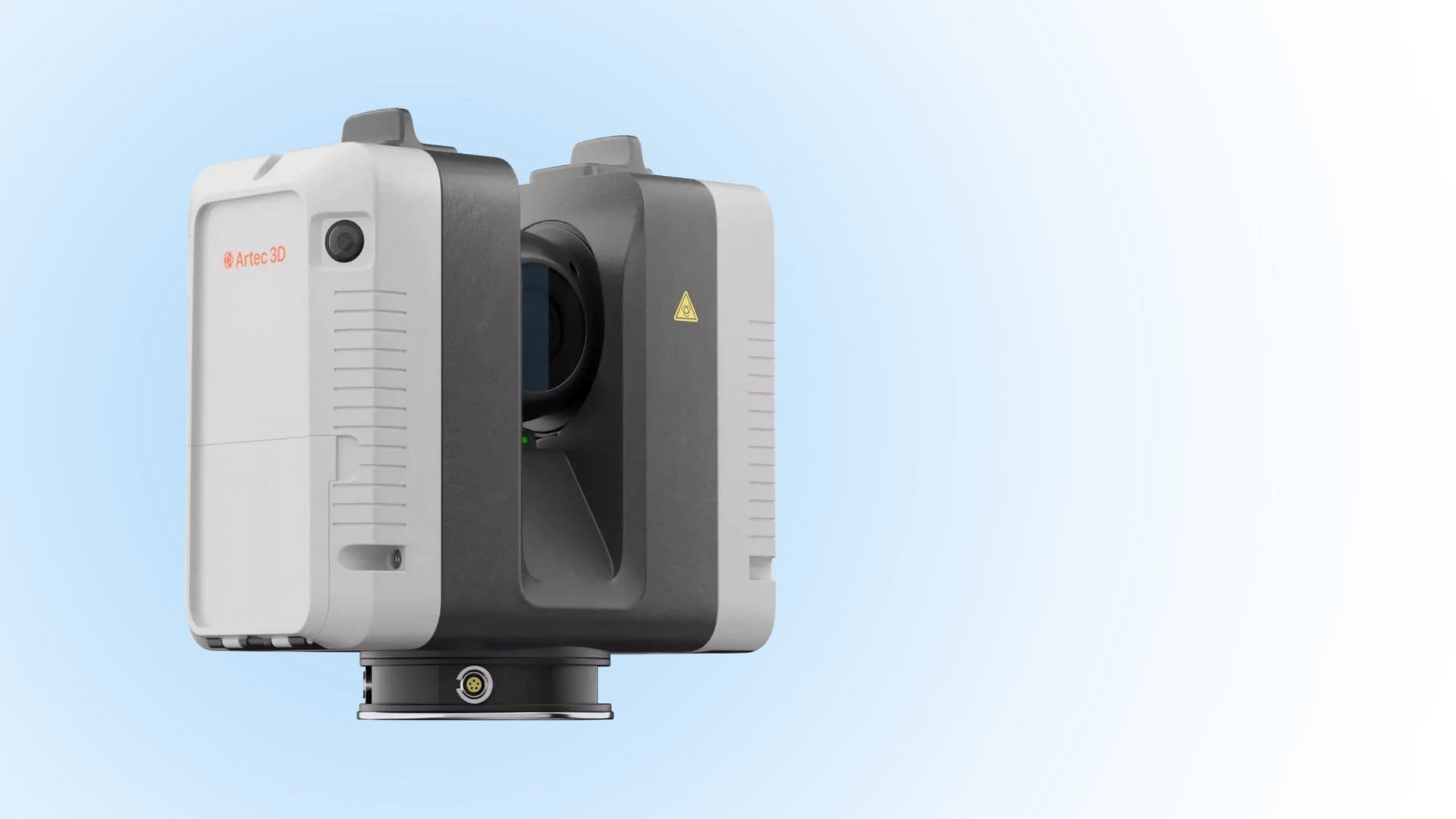
Long-Distance 3D Scanning for Infrastructure
Huge infrastructure projects present unique challenges that can only be addressed with advanced solutions like long-range 3D scanners. Whether it’s
3D scanners are high-precision devices designed to capture the shape, size, and details of real-world objects and convert them into digital 3D models. Using laser beams, structured light, or X-rays, these scanners collect data points from an object’s surface and compile them to create an accurate digital representation.
This technology plays a crucial role in industries such as aerospace, engineering, manufacturing, construction, healthcare, and education. The primary function of a 3D scanner is to digitize physical objects, allowing professionals to analyze, modify, and replicate them with precision. Once scanned, these 3D models can be viewed from different angles, edited, saved, shared, or even 3D-printed.
Businesses across the world rely on 3D scanners for their ability to improve efficiency, reduce errors, and automate workflows. However, with various types of scanners available, understanding how this technology works is essential for choosing the right one for your needs.
How does 3D scanning work? 3D scanners use structured light or laser technology to capture the shape and surface details of an object. Some models also feature built-in cameras that take multiple images from different angles and compile them into a cohesive 3D model.
The process begins by scanning the object from various perspectives to collect data points, which are then transformed into a point cloud or polygon mesh. These data sets create a structured digital representation that accurately mirrors the original object.
A 3D scanner functions much like a video camera, capturing snapshots of an object and stitching them together to form a complete digital model. However, instead of recording 2D images like a camera, a 3D scanner gathers depth and surface information, enabling the creation of a three-dimensional replica.
The precision of 3D scanning makes it ideal for applications like quality control, reverse engineering, and rapid prototyping. In manufacturing, for example, engineers can scan a component, analyze its dimensions, and identify defects before production–saving time and reducing material waste. In healthcare, 3D scanning is used to create custom prosthetics, ensuring a perfect fit for each patient.
Different industries require different scanning technologies, and there are three primary types of 3D scanners available today, which include:
Light-based scanners project structured patterns onto an object’s surface and use internal cameras to capture the deformations in the pattern. These deformations help calculate the shape and depth of the object, creating an accurate 3D model. This method is widely used for applications that require high-detail scanning, such as product design and medical imaging.
Laser scanners work by emitting a laser beam onto an object and measuring how the beam reflects back. The scanner calculates distances and angles based on the laser’s movement, enabling highly precise 3D reconstructions. This type of scanning is popular in industries like aerospace and automotive, where precision is non-negotiable.
Unlike light or laser-based methods, contact scanners use physical probes to touch an object and measure its dimensions point by point. This type of scanning is commonly used in industrial settings where extreme accuracy is required, such as machining and manufacturing quality control.
The versatility of 3D scanning makes it a game-changer in many industries. Here are some of the key applications where this technology is making an impact:
3D scanners have revolutionized the way industries digitize, analyze, and replicate physical objects. By capturing accurate measurements and details, they allow businesses to streamline processes, improve design accuracy, and enhance product development.
With so many scanning technologies available, choosing the right 3D scanner depends on your specific needs–whether you’re working in manufacturing, healthcare, or architecture. If you’re looking for high-quality 3D scanning solutions, reach out to Digitize Designs for expert guidance and access to the latest 3D scanners and accessories.
3D Scanning & Metrology News, Press, Insights, Trends, Case Studies, and more.

Huge infrastructure projects present unique challenges that can only be addressed with advanced solutions like long-range 3D scanners. Whether it’s

Different long-range scanner brands offer varying features and capabilities; hence the need to understand the most crucial aspects of long-range

The key difference between long-range and short-range scanners is the maximum distance at which they can capture data. Ordinarily, long-range

The key elements to consider in long-range 3D scanners include accuracy, scan speed, resolution, scanning mechanism, and ease of use.